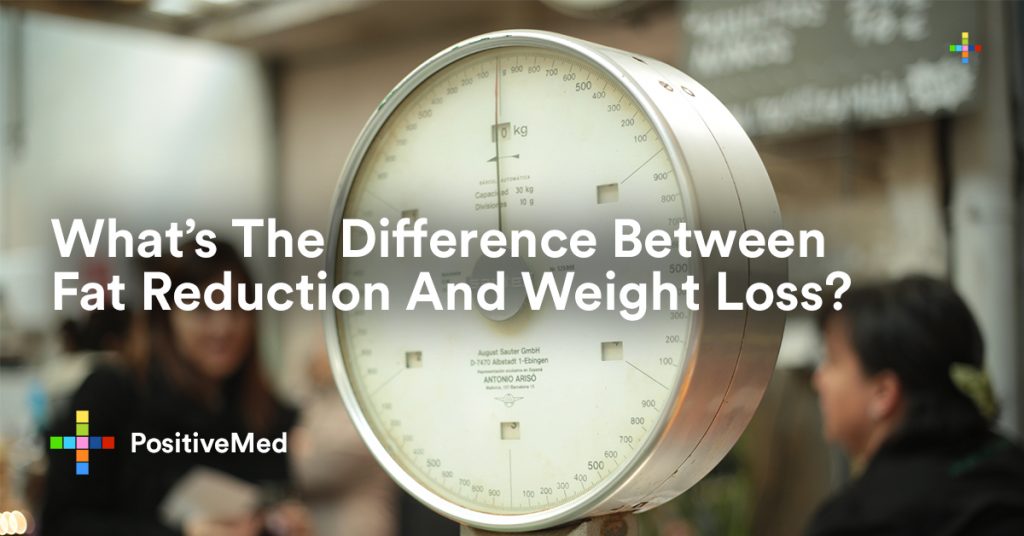Whether you have been on a diet for the past month or you are just starting a new diet there is a good chance that you have come across many topics about fat reduction and weight loss. In fact, weight loss is one of the hottest topics on the market right now, but the truth of the matter is that most individuals don’t truly understand the difference between fat loss and fat reduction. Below, this is exactly what you are going to learn, so that you can get the most out of your workouts and diet plans.

Understanding Weight Loss
In order to understand weight loss, you must first understand how your body weight is defined. Body weight is actually defined as the weight of your muscles, the weight of your bones, organs, and the weight of the water that your body stores. Weight loss should be considered as the sum of your muscle loss + fat loss + water loss.
Weight loss can sometimes backfire for many individuals, as losing weight also means that you are losing muscle mass. In fact, you might be surprised to learn that losing muscle mass can actually result in weight gain. The reason this happens is that when you actually lose muscle mass your metabolism slows down, which could result in that fat coming back. To avoid this you need to make sure that you are doing both cardio and strength training while maintaining a good healthy diet.
Understanding Fat Reduction
Now, that you understand weight loss it is time to take a look at fat reduction. Fat reduction is basically just what the name suggests. It is the reduction of fat that your body has stored. It is important to remember that everyone’s body needs a certain amount of fat to keep the central nervous system and organs functioning properly. This type of fat is usually referred to as essential fat, as it is essential for the body. With all that being said, the most important thing to know is exactly how much body fat you should have. It is recommended for women to have a 25 to 28% body fat range, while men should have anywhere from 12 to 15 % body fat. Also, keep in mind these ranges can vary from individual to individual based on height and stature.
Exploring Other Alternatives Than Dieting And Exercising
Dieting and exercising are by no means easy tasks. In fact, many individuals have a hard time squeezing exercise routines into their hectic schedules. This is why many individuals turn to surgery and other procedures to achieve the results they are looking for. But, sometimes these procedures can be dangerous and result in downtime. Fortunately, with all the medical advances there are now tons of new non-surgical procedures that can be performed without any downtime whatsoever. For instance, Coolsculpting reduces stubborn fat without the need for surgery, exercise, or even dieting.
This procedure actually involves the freezing of fat cells, while leaving the skin unaffected. It should be noted that this procedure is FDA approved and has proven results. In addition to this, Coolsculpting can be performed right in the office and doesn’t result in any downtime.







